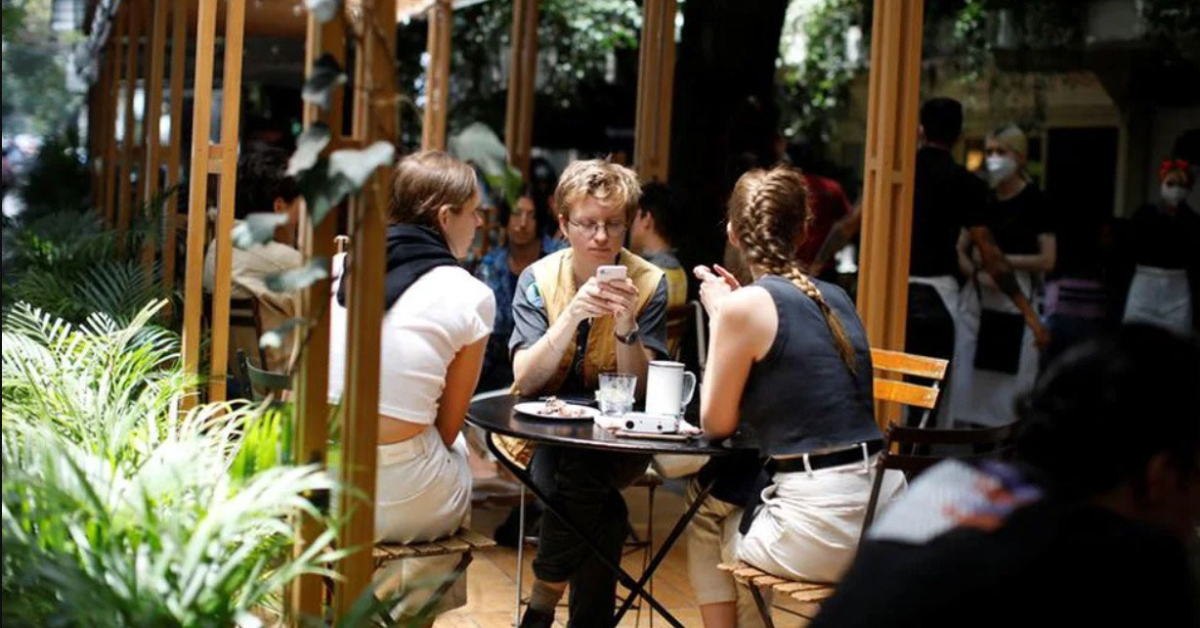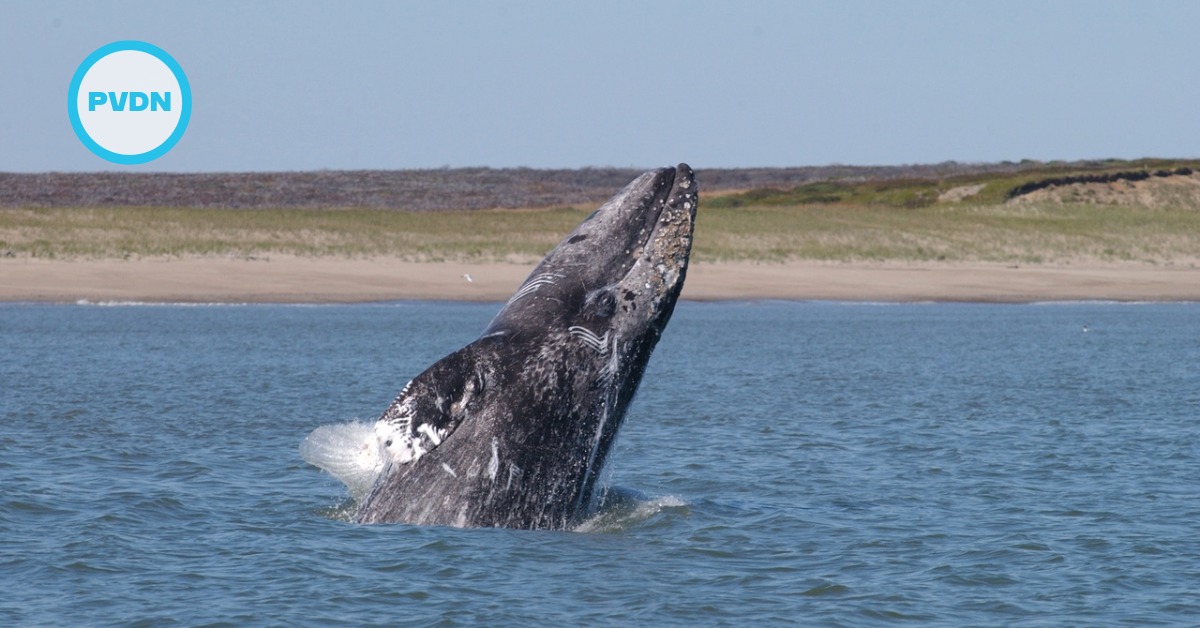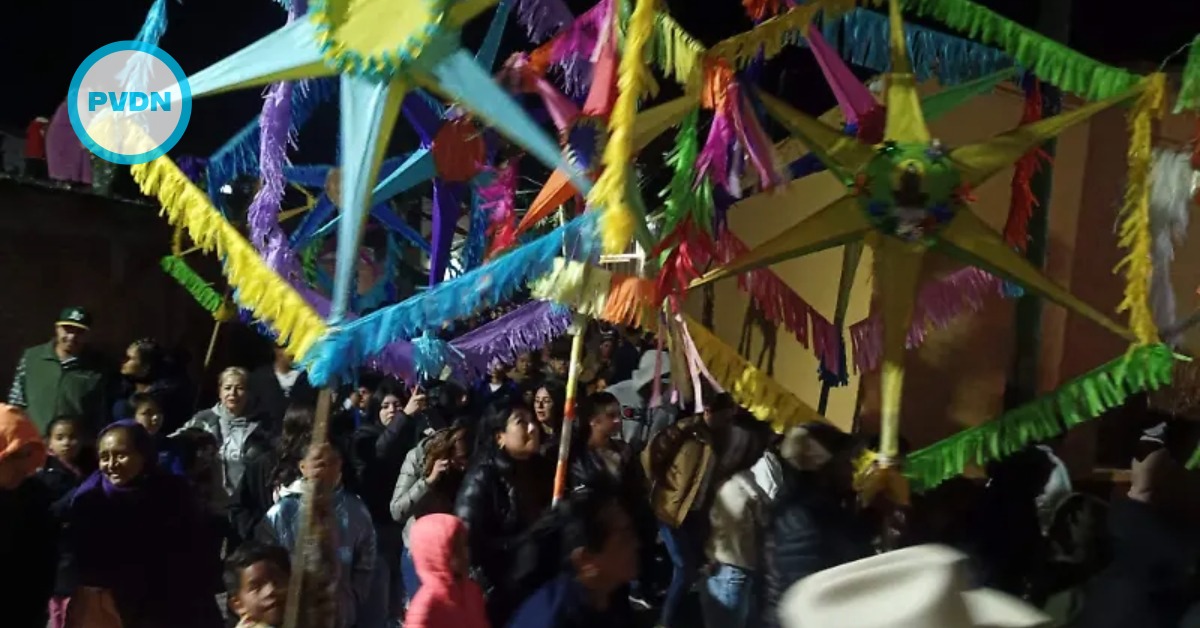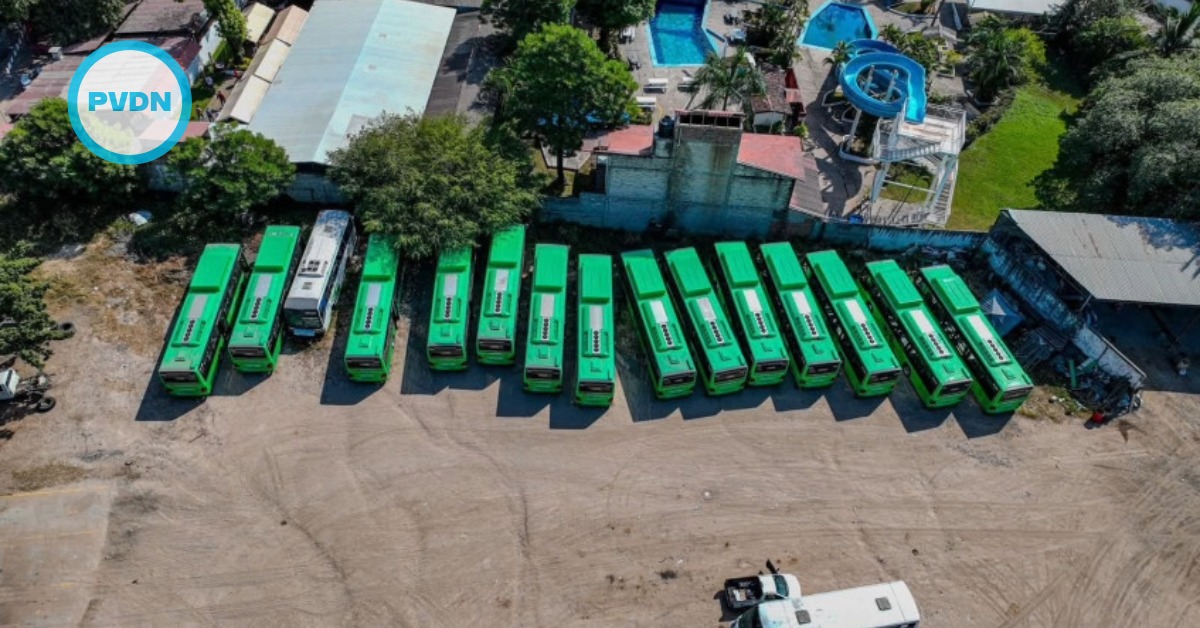The caravans of undocumented migrants from Central and South America are one of the priority issues for the bilateral agendas of Mexico and the United States (USA); not so much the flow of Americans who see Mexico as a nation of low costs of living and the new American dream for many, even if they are undocumented . . .







